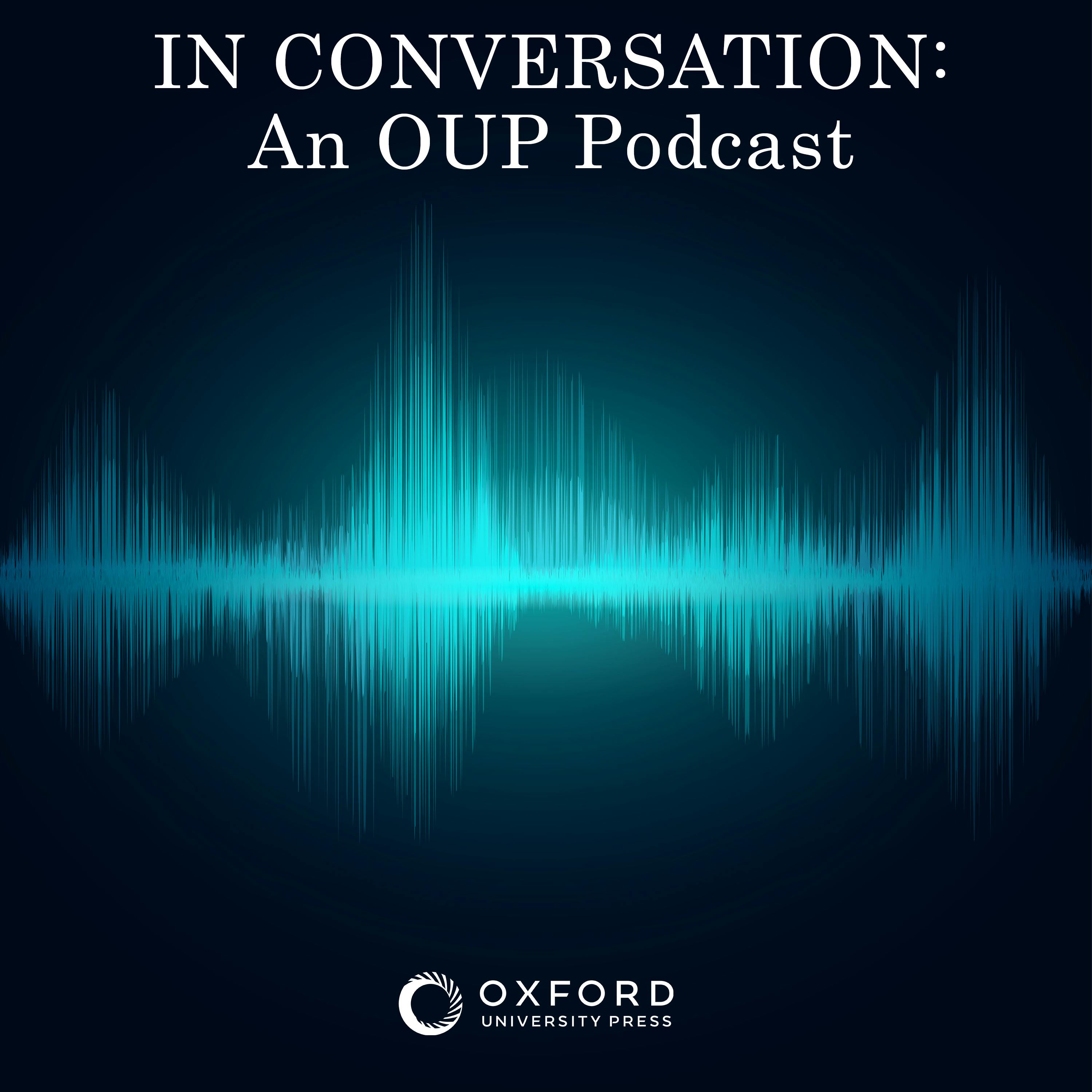
Gabriel Solis, “Thelonious Monk Quartet with John Coltrane at Carnegie Hall” (Oxford UP, 2013)

In Conversation: An OUP Podcast
Shownotes Transcript
On November 29, 1957, Dizzy Gillespie, Billie Holliday, Zoot Sims, Chet Baker, Sonny Rollins, and a multi-talented young R&B player who played jazz that night, Ray Charles, and others played a benefit concert for the Morningside Recreation Center at Carnegie Hall. Almost a half a century later, these recordings, intended to be played on radio Voice of America, were found in the Library of Congress. The aforementioned artists’ performances were never made available and yet, one set from that night was released, featuring a quartet with pianist Thelonious Monk, saxophonist John Coltrane with Shadow Wilson on drums and Abdul-Ahmed Malik on bass. That recording, on Blue Note records, released in 2005, was a critical and commercial sensation.
Monk and Coltrane had played more than 100 shows together the previous five months at the Five Spot Club in New York City and, as Gabriel Solis writes in his thought-provoking multi-disciplinary analysis of their program, that Carnegie Hall concert was “a compendium of what was possible in the jazz conventions of the day and a glimpse of how these jazz conventions could be pushed forward.”
The Monk/Coltrane concert set featured two great icons in the history of jazz at different points in their career. Monk had already established himself as a unique, eccentric and groundbreaking composer and performer and bandleader, too (as Solis points out in our interview). John Coltrane was still evolving into one of the most multi-perspectived yet focused and revered players in American jazz. It was, as Solis documents, in many ways a golden age of jazz: besides new recording technologies that afforded the possibility of longer recordings with greater listening fidelity, it was an age of “legendary intensity” when players such as Miles Davis, Sonny Rollins, Sonny Stitt, Art Blakey, Horace Silver, Max Roach, Benny Golson, Dizzy Gillispie, MJQ, Hank Mobly, Hank Jones, Milt Jackson, Lennie Tristano, and Gerry Mulligan “wrote and played and recorded songs and albums that would challenge their contemporaries and become standards in time.” And, jazz had not “separated” from pop music. People went to clubs to hear live jazz; they went in great numbers to jazz concerts/benefits – and, at the same jazz recordings were being brought into the country’s living rooms to larger and larger audiences.
Gabriel Solis), an Associate Professor in Music, African-American studies and Anthropology at the University of Illinois, has written a fascinating volume about the cultural significance of the concert, contextual insights about the serendipitous yet important collaborative bond between Monk and Coltrane, “close reading” musical analyses as to how each piece on their set “played out” with respect to the members of the quartet, and a retrospective look at the significance of the public’s and critical responses to the CD’s release by Blue Note Records in 2005.
In Thelonious Monk Quartet with John Coltrane at Carnegie Hall) (Oxford UP, 2013) Solis discusses whether the popularity of the CD after its release in 2005 is evidence of nostalgic reverence for an era gone by, or a validation that jazz is alive-and-well and more appreciated than ever. Of course, Solis knows it’s far more complicated than that, but he improvises riffs and ruminations that stimulate the reader into pleasing new ponderings about the meaning of “nostalgia,” the “is jazz dead?” question (which Solis notes going back as least as far as 1964), the decline of the jazz clubs, the ascendency of jazz studies in the Academy, and interesting perspectives on Monk’s and Coltrane’s musical development ...